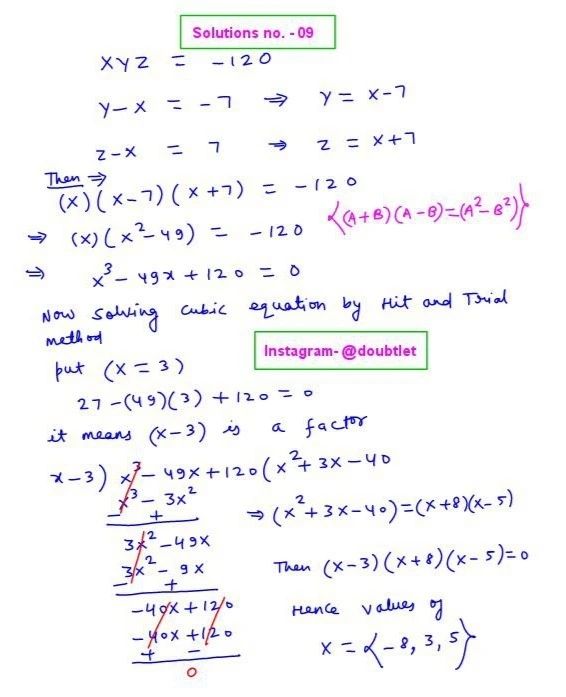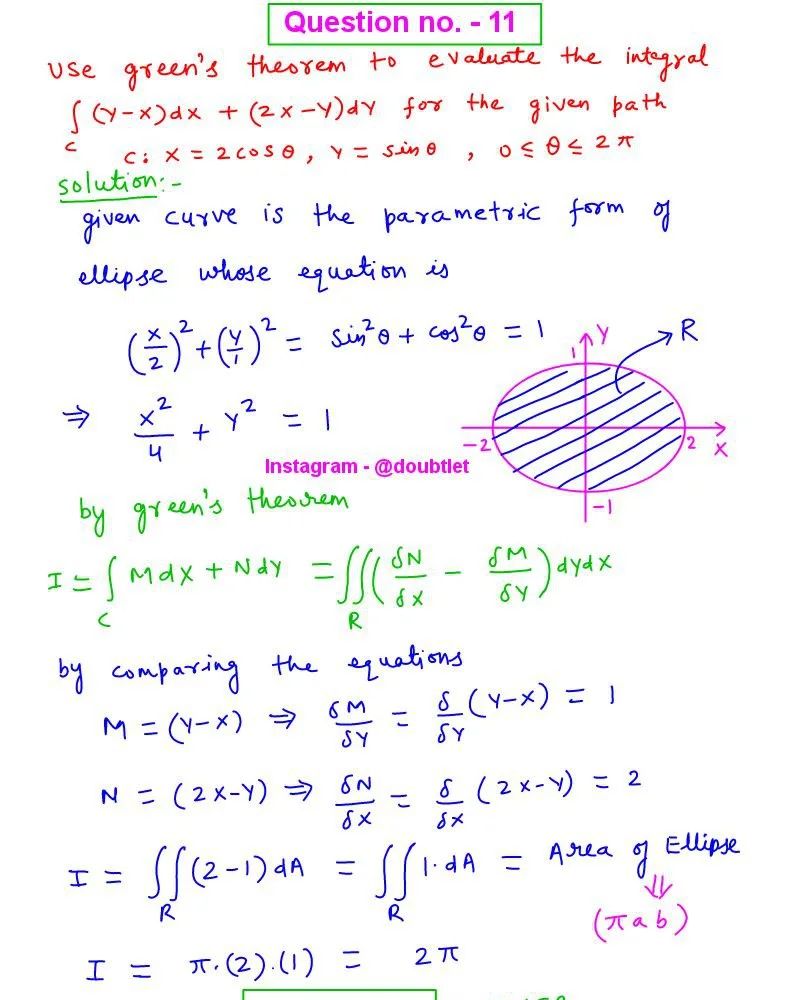









Area of the Parallelogram Calculator
This calculator will help you to find the Area of the Parallelogram if length of its Base and Height is given.Related Calculators:Area of Trapezium Calculator
Loading...
Loading...
Area of a trapezium
Area of a triangle
Area of the triangle (Heron's)
Area of parallelogram
Area of a rhombus
Area of an Ellipse
- 1. Introduction to the Area of parallelogram calculator
- 2. What is the Formulae used ?
- 3. How do I find the area of a parallelogram?
- 4. Why choose our area of parallelogram Calculator?
- 5. A Video for explaining this concept
- 6. How to use this calculator ?
- 7. Solved Examples
- 8. Frequently Asked Questions (FAQs)
- 9. What are the real-life applications?
- 10. Conclusion
1. Introduction to the area of parallelogram
Here, we embark on an exploration into the realm of parallelograms. Whether you're a student immersing yourself in geometry or someone curious about the mathematics behind shapes, this guide is crafted to enlighten you. Join us as we unravel the secrets of finding the area of parallelograms and make the journey from concepts to calculations seamless.
A parallelogram is a four-sided polygon with opposite sides that are equal in length and parallel. The allure of parallelograms lies in their symmetry and the unique mathematical properties they possess.
2. What is the Formulae used?
The formula to find the area of parallelogram is given by:
, Where
A is the area of the parallelogram.
'b' is the base of the parallelogram.
'h' is the height of the parallelogram.
3. How do I calculate the area of a Parallelogram?
The following steps can be followed to find the area of a Parallelogram using the base and height.
First, we need the length of the base and the corresponding height. The height is the perpendicular distance from the base to the opposite side.
Now, apply the formula to calculate the parallelogram area given as,
A =
where 'b' is the base and 'h' is the height of the parallelogram.
4. Why choose our Area of parallelogram Calculator?
Our calculator page provides a user-friendly interface that makes it accessible to both students and professionals. You can quickly input your square matrix and obtain the matrix of minors within a fraction of a second.
Our calculator saves you valuable time and effort. You no longer need to manually calculate each cofactor, making complex matrix operations more efficient.
Our calculator ensures accurate results by performing calculations based on established mathematical formulas and algorithms. It eliminates the possibility of human error associated with manual calculations.
Our calculator can handle all input values like integers, fractions, or any real number.
Alongside this calculator, our website offers additional calculators related to Pre-algebra, Algebra, Precalculus, Calculus, Coordinate geometry, Linear algebra, Chemistry, Physics, and various algebraic operations. These calculators can further enhance your understanding and proficiency.
5. A video based on the concept of how to find the Area of parallelogram.
6. How to use this calculator
This calculator will help you to find the area of a parallelogram.
In the given input boxes, you have to put the value of the measurement of the base and the height of the side of the parallelogram.
After clicking the Calculate button, a step-by-step solution will be displayed on the screen.
You can access, download, and share the solution.
7. Solved Example
Find the area of a parallelogram with a base of 10 cm and a height of 6 cm.
Given b = 10 cm and h= 6 cm
Area = = (10).(6) = 60 square cm
8. Frequently Asked Questions (FAQs)
Is the height always perpendicular to the base in a parallelogram?
Yes, the height is always drawn perpendicular to the base. This ensures accurate calculations of the area.
Can a parallelogram have more than one pair of opposite sides parallel?
No, by definition, a parallelogram has only one pair of opposite sides parallel.
Do I need to know all four sides to find the area of a parallelogram?
No, the area can be calculated using just the length of the base and the corresponding height.
What if the height is not given?
Without the height, it is impossible to calculate the area of the parallelogram using the standard formula. The height is a crucial component.
Can the area of a parallelogram be negative?
No, the area of a geometric figure cannot be negative. It is always a positive value.
9. What are the real-life applications?
Parallelograms find practical applications in various fields. In construction, they are often encountered in the design of walls and floors. In transportation, the cargo area of trucks and the layout of shipping containers exhibit parallelogram shapes.
10. Conclusion
In conclusion, the ability to calculate the area of a parallelogram is a valuable skill with real-world applications. As you delve into the geometric intricacies of parallelograms, may this guide be a beacon, illuminating the path to a deeper understanding of these fundamental shapes? Happy calculating!
This blog is written by Neetesh Kumar
If you have any suggestions regarding the improvement of the content of this page, please write to me at My Official Email Address: doubt@doubtlet.com
Are you Stuck on homework, assignments, projects, quizzes, labs, midterms, or exams?
To get connected to our tutors in real time. Sign up and get registered with us.
Comments(0)













Leave a comment